
The Effects of Magnesium Sulfate on Laparoscopic Gastrointestinal Surgery

Table Of Contents
What is Laparoscopic Gastrointestinal Surgery?
Laparoscopic gastrointestinal surgery involves inserting a thin, lighted tube with a camera (laparoscope) through a small incision in the abdomen.
Although this surgery has many advantages, such as less trauma and faster recovery, a condition called pneumoperitoneum (or the presence of carbon dioxide in the stomach) can be a problem during surgery. It can suddenly increase blood pressure, heart rate, and resistance to blood flow, which are all likely due to the increased level of vasopressin (a hormone that raises blood pressure). These severe changes can have a considerable impact on the patient’s health, especially in elderly patients with existing cardiovascular diseases. Therefore, it is essential to use safe and effective drugs to maintain hemodynamic stability (stable blood flow rate, blood pressure and heart rate) during abdominal laparoscopy in such patients.
Can Magnesium be an Effective Treatment for Pneumoperitoneum?
Magnesium sulfate is believed to be a safe and effective drug that can lower blood pressure in right doses, reduce the stress response to pneumoperitoneum, lessen the arteries’ resistance to blood flow, and strengthen analgesia (loss of pain sensation) after the operation. However, there is no available direct monitoring method to prove these effects.
This is the first study done to investigate the possible association between different doses of magnesium sulfate and changes in hemodynamics by using a FloTrac/Vigileo Monitoring System, which can monitor heart rate (HR), blood pressure, systemic vascular resistance (SVR), which is the amount of force exerted by the blood vessels for the blood to flow, and cardiac output (CO), or the amount of blood your heart pumps each minute. We also looked at the relationship between vasopressin and magnesium sulfate.
The Study on Magnesium Sulfate for Patients Undergoing Laparoscopic Gastrointestinal Surgery
60 patients undergoing laparoscopic partial gastrectomy (surgical removal of a part of the stomach) were randomly and equally assigned into three groups:
- Group L received magnesium sulfate at 30 mg/kg loading dose and 15 mg/kg/h continuous maintenance infusion for 1 hour.
- Group H received 50 mg/kg of magnesium sulfate followed by 30 mg/kg/h for 1 hour.
- Group S (control group) received the same volume of 0.9% saline.
These infusions were to be administered after endotracheal intubation (placing of tube into the windpipe) and immediately before the induction of pneumoperitoneum.
The following were measured: SVR, CO, blood pressure, HR, vasopressin level, and magnesium concentrations. The visual analog scale (VAS), or the patient’s rate of the intensity of pain, was also assessed.
The Results
Pneumoperitoneum instantly caused a significant reduction of CO and increase in blood pressure, SVR, and HR in the control group. The blood pressure, SVR, and vasopressin level were significantly lower, and the CO was substantially higher in group H than those in group L and the control group. Furthermore, the visual analog scales at 5 and 20 minutes after extubation, and the dose of remifentanil (pain reliever drug) were significantly decreased in group H compared to the control group and group L. In addition, no postoperative muscle weakness and significant episodes of hypotension were reported.
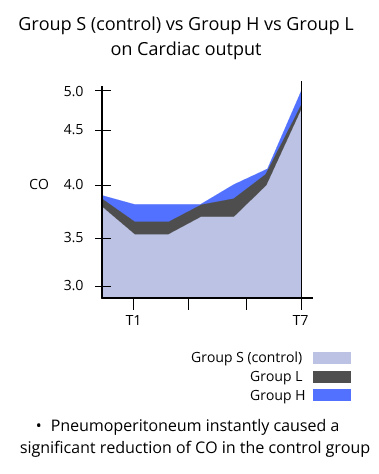
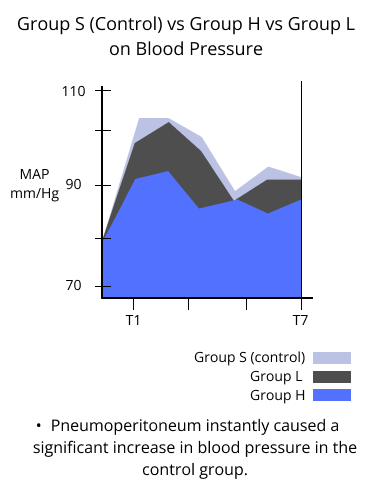
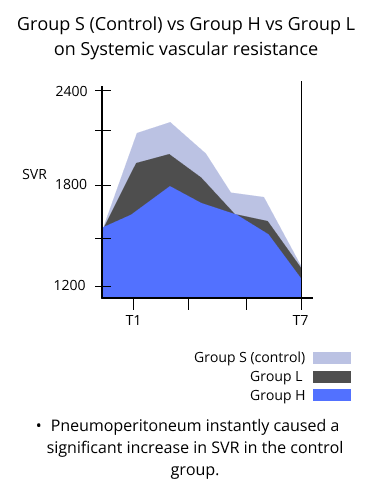
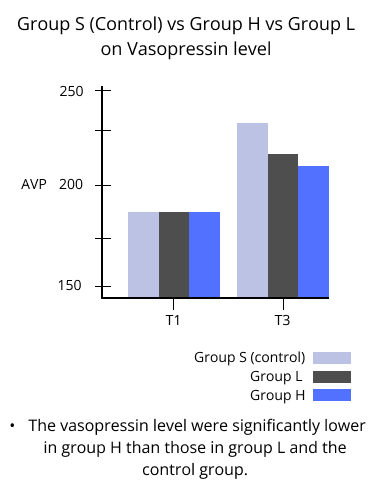
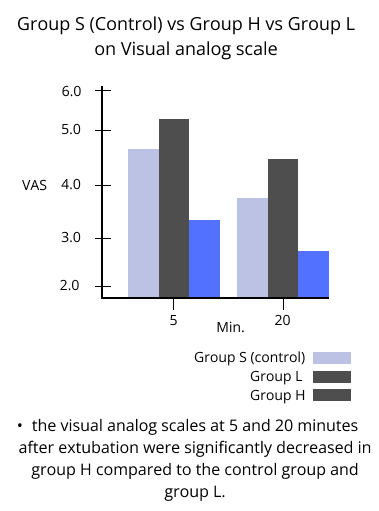
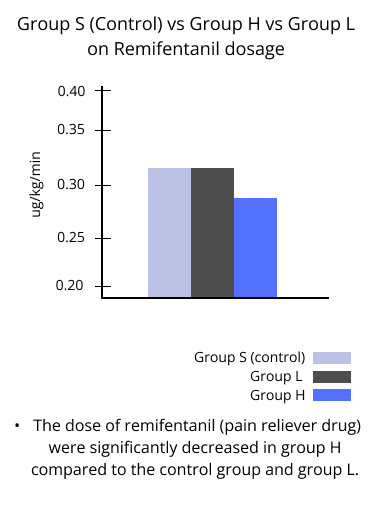
The Conclusion
The FloTrac/Vigileo Monitoring System provided direct evidence that magnesium sulfate could safely and effectively lower CO, SVR, blood pressure induced by pneumoperitoneum and maintain hemodynamic stability during surgery.
Reference
Related Posts




Quick Links
Legal Stuff



